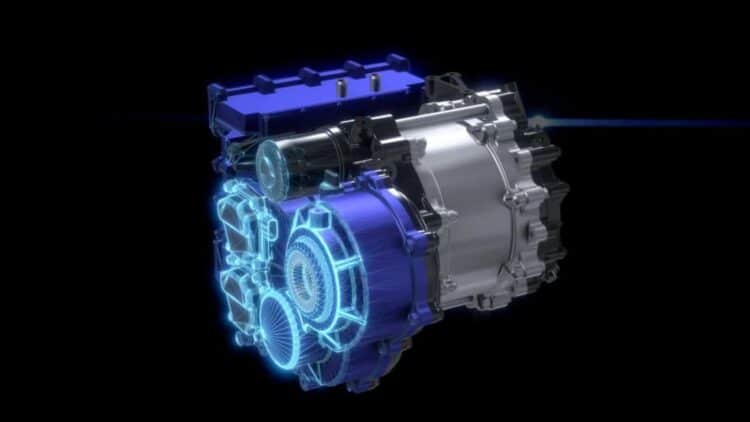In times of a global race for cleaner alternatives to the combustion engine, Japan is taking a strategic step. A Japanese giant has announced a partnership with a major British company, aiming to produce a vehicle that combines lightness, driving fun, and cutting-edge technology, potentially indicating a new direction for electric mobility. Find out how this Japanese initiative could represent something even cleaner — and more viable — than traditional paths.
A new kind of electric sports car
Yamaha, a name more often associated with motorcycles and musical instruments, has quietly partnered with British carmaker Caterham to develop an electric sports coupé called Project V. But this is not just another electric vehicle. It’s an effort to rethink what “clean” really means and how it can be done with intelligence and precision, rather than complexity or hype.
Project V represents a new vision of electric sports cars: lightweight, direct, and made for people who love to drive. Caterham continues its commitment to simple, engaging cars, now adapted for a more sustainable era. Debuting at major motor shows, the concept attracted attention for its clean design, minimalist interior, and total focus on the driver.
The prototype is expected to be ready by this year and this is just the beginning. With ambitious environmental targets and a growing presence in competitions like Formula E, Yamaha is firmly engaged to become a reference in electric innovation, while Project V is set to redefine what a lightweight, efficient, and exciting electric sports car is.
Engineering precision: How Yamaha enhances Project V’s driving dynamics
One of the main points of Project V is Yamaha’s e-axle. This compact, all-in-one unit integrates the motor, gearbox, and power electronics into a single structure, which results in better performance, lighter weight, and more efficient energy use — all critical for delivering the agility and sharp handling that Caterham fans expect.
Yamaha is also leveraging its deep expertise in vehicle motion control systems to ensure that Project V handles not just efficiently, but with responsiveness and a sense of joy behind the wheel. The objective goes beyond simply building a zero-emission vehicle — it’s about delivering an electric sports car that retains the character, driver engagement, and dynamic feel that true enthusiasts have come to expect.
This isn’t Yamaha’s first experience with electric power. In 2024, the company entered the Formula E World Championship in partnership with the British-based Lola team, using high-performance EV knowledge to inform its broader mobility strategy. What Yamaha is quietly becoming is a developer of technologies applicable to electric cars — one where parts are compact, efficient, and redefined through real-world motorsport applications.
A commitment to real sustainability
While many companies focus in marketing-heavy green transitions — often spotlighting hydrogen or ultra-high-range EVs — Yamaha and Caterham’s approach is refreshingly grounded. Instead of flashy headlines, the companies are investing in practical electric innovation: small, powerful components that can be applied across motorcycles, cars, and beyond.
Yamaha is also applying this technology across its other mobility solutions, not only cars, aiming for a carbon-neutral product lineup by 2050, including indirect Scope 3 emissions — a commitment that reflects a truly holistic environmental strategy. Importantly, Yamaha’s bet isn’t only on hydrogen, but also on refined, modular EV components that work now and can scale smartly, which might not sound flashy, but it could be more impactful in the long run.
In the global push for greener vehicles, Japan — through Yamaha — is taking a distinct approach. Project V isn’t just another electric car; it’s a demonstration of what happens when engineering discipline meets driving passion. It’s not oversized and not overhyped; instead, it’s clean, clever, and almost ready to hit the road.
Disclaimer: Our coverage of events affecting companies is purely informative and descriptive. Under no circumstances does it seek to promote an opinion or create a trend, nor can it be taken as investment advice or a recommendation of any kind.


